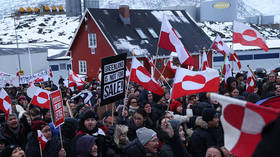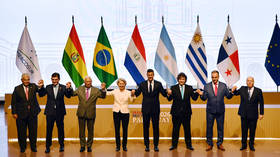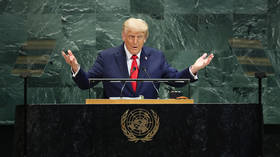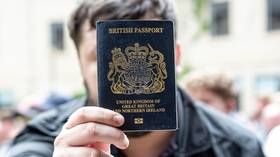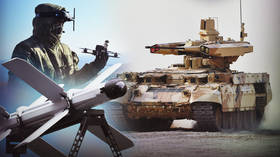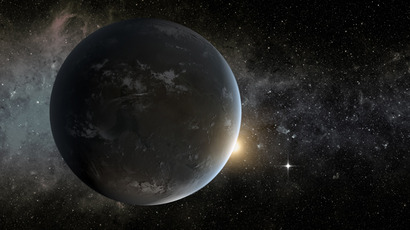Pizza from a printer: NASA to spend $125,000 funding 3D food production project
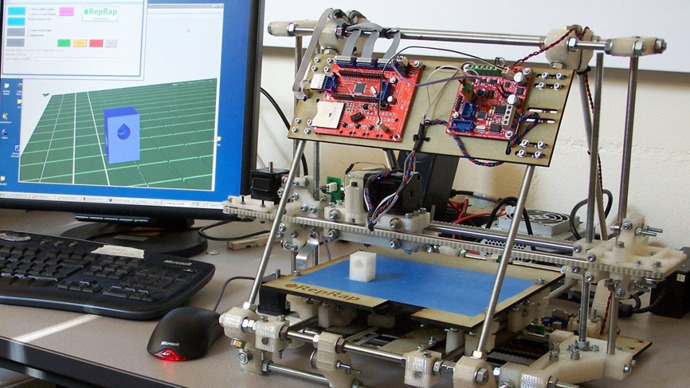
NASA is funding research into 3D printed food which would provide astronauts with meals during long space flights. The futuristic food printers would use cartridges of powder and oils which would have a shelf life of 30 years.
While the idea may seem like something out of a Sci-Fi movie,
the process of printing food has already been proven possible. The
brains behind the innovation, Anjan Contractor, previously printed
chocolate in a bid to prove his concept.
Contractor and his company, Systems & Materials Research
Corporation, will now use NASA’s $125,000 grant to attempt to print
a pizza. The grant was applied for on March 28, 2013. The pizza
printer is still in the conceptual stage, and will begin to be
built in two weeks, Quartz reported.
The printer will first print a layer of dough, which will be cooked
while being printed. Tomato powder will then be mixed with water
and oil to print a tomato sauce. The topping for the pizza will be
a “protein layer” which could come from any source – animals, milk,
or plants.
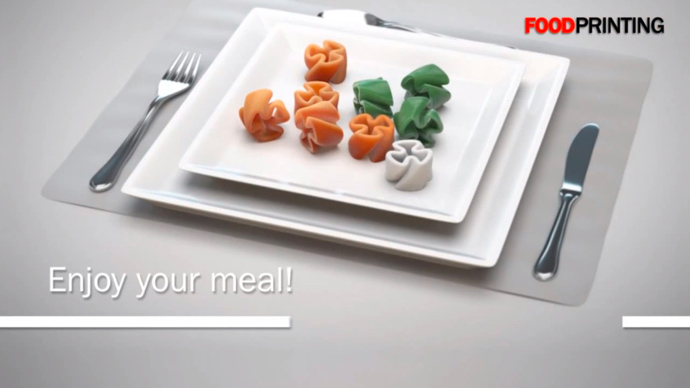
The concept is to use basic “building blocks” of food in replaceable powder cartridges. Each block will be combined to create a range of foods which can be created by the printer. The cartridges will have a shelf life of 30 years – more than long enough to enable long-distance space travel.
Contractor and his team hope the 3D printer will be used not only by NASA, but also by regular Earthlings. His vision would mean the end of food waste, due to the powder’s long shelf life.
“I think, and many economists think, that current food systems can’t supply 12 billion people sufficiently, ” he said, as quoted by Quartz.
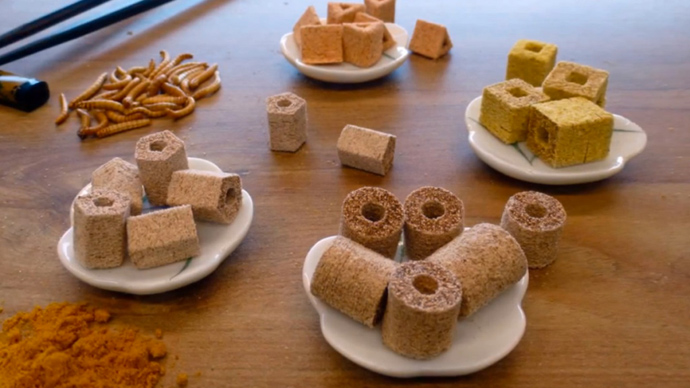
“So we eventually have to change our perception of what we see as food.” There are some conveniences which would come along with the printer. For example, recipes could be traded with others through software. Each recipe would have a set of instructions which tells the printer which cartridge of powder to mix with which liquids, and at what rate and how it should be sprayed.
Another perk includes personalized nutrition.
“If you’re male, female, someone is sick—they all have different dietary needs. If you can program your needs into a 3D printer, it can print exactly the nutrients that person requires,” Contractor said.
Contractor plans on keeping the software portion of his 3D printer entirely open-source, so that anyone can look at its code. He believes this will allow people to find creative uses for the hardware.




